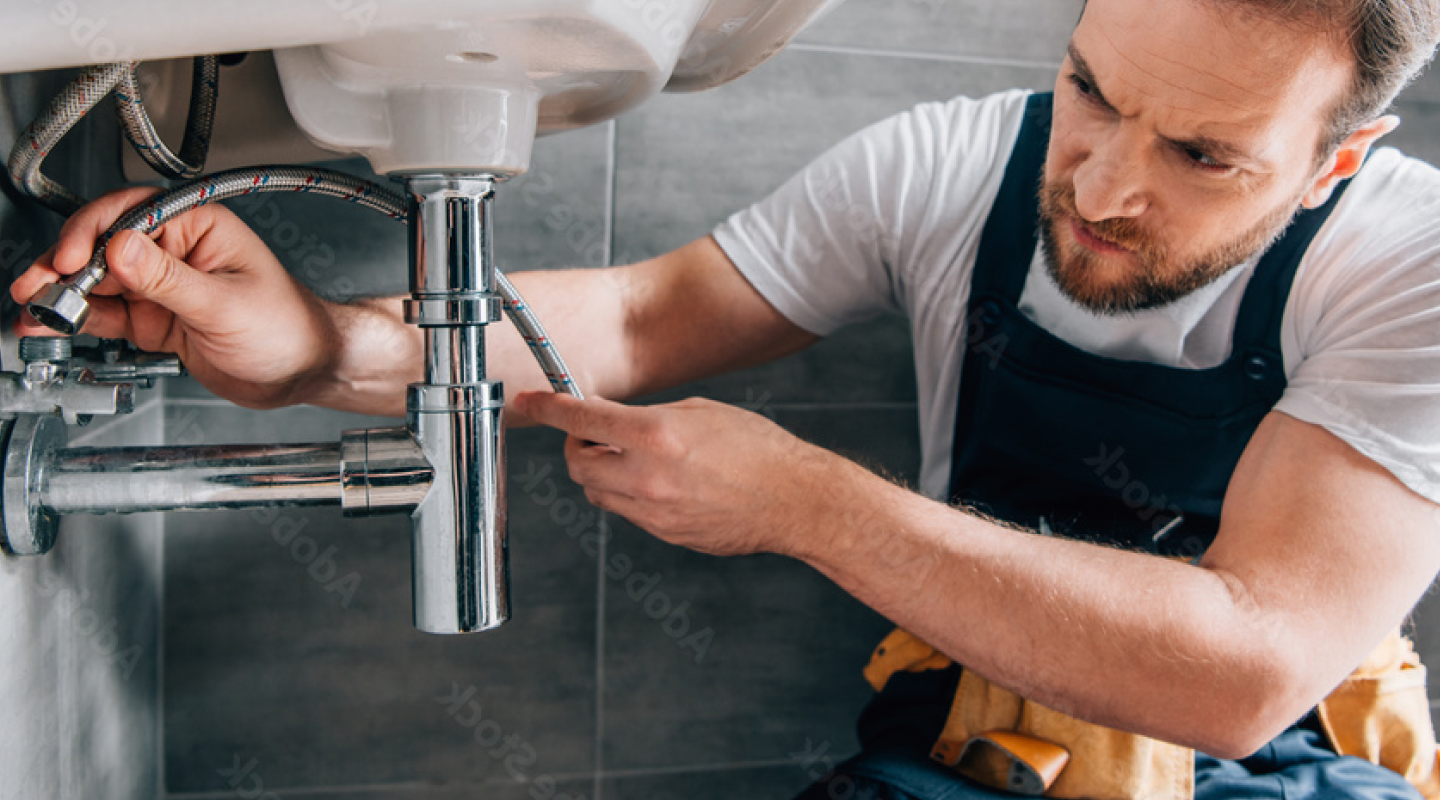Specialist Water Heater Installation Alabaster AL You Can Depend On
Specialist Water Heater Installation Alabaster AL You Can Depend On
Blog Article
A Detailed Guide to Efficient Water Heater Installment for Ideal Efficiency
Getting started on the task of setting up a water heating system is a venture that requires accuracy and a systematic technique for achieving ideal efficiency. As you continue, the intricacies of linking water supply lines and establishing up dependable electric or gas links wait for, promising insights right into making certain efficiency and dependability.
Selecting the Right Hot Water Heater

Next, take into consideration the size and capability of the water heating system. It's important to examine your house's warm water needs, which can vary based on the variety of owners and their use patterns. An unit that's too small may bring about insufficient warm water, while an oversized design may lead to unnecessary power usage.
Effectiveness scores likewise play a crucial duty in option. Seek water heating systems with high Power Variable (EF) rankings, indicating superior performance and decreased power usage. Tankless designs, though commonly much more costly in advance, deal considerable power cost savings gradually because of their on-demand heating capabilities.
Preparing the Installation Location
Prior to installing a brand-new water heating system, careful preparation of the setup location is necessary. It's important to gauge the area carefully to fit the water heating system's dimensions, making certain sufficient clearance around the unit for effective procedure and servicing.
Next, eliminate any kind of particles, dust, or obstructions from the site to develop a tidy environment. Check the floor for stability, as the water heating system will certainly require a solid, level surface to operate successfully. If essential, mount a drip frying pan beneath the unit to catch potential leaks or spills, avoiding water damage to the surrounding area. In regions susceptible to seismic activity, think about setting up seismic bands to protect the heating unit securely in position.
Additionally, ensure that all essential devices and products are on hand before starting the installment. This consists of products such as wrenches, screwdrivers, a level, and any added equipment required for protecting the heating unit and mounting. A well-prepared setup area establishes the structure for an effective hot water heater setup, maximizing performance and security.
Connecting Supply Of Water Lines
When linking supply of water lines to your newly set up hot water heater, it is vital to ensure that all links are leak-free and protected to keep effective operation and protect against water damages. Begin by identifying the cool and hot water lines. The chilly water inlet is generally noted with a blue label or a "C", while the warm water electrical outlet is noted with a red tag or an "H".
Usage flexible water heating unit ports to promote an easier installation process. Before connecting the adapters, position a plumbing's tape around the threaded ends of the water heating unit's inlet and electrical outlet pipelines.
As soon as links remain in area, gradually switch on the major water supply valve. Examine each connection for leaks by visually inspecting and feeling for wetness. Tighten connections as necessary, and make sure the pressure relief valve is properly installed, protecting versus excessive pressure accumulation.
Establishing Up Electric or Gas Links
Correctly establishing up the electric or gas connections for your water heating system is an important step to make certain risk-free and reliable operation. For electrical water heating units, start by confirming that the great post to read electric circuit is compatible with the heating system's voltage and amperage demands.
For gas water heating units, security is critical. Connect the gas line to the water heater using an adaptable gas port, ensuring it is correctly threaded and secured with pipeline joint compound or Teflon tape appropriate for gas links.
As soon as links are made, examine for any type of possible leakages. For gas lines, use a soapy water solution to the joints; bubbles suggest a leakage. For electric links, ascertain that all wiring is protected and appropriately shielded, keeping conformity with local electrical codes.
Readjusting and examining for Performance
With the electrical and gas find more information links securely in position, the next step is evaluating the operational efficiency of your water heater. Begin by very carefully transforming on the water system and making certain there are no leakages at any one of the joints or shutoffs. When confirmed, proceed to fill the tank, paying attention to the stress and temperature level setups. It is advisable to establish the thermostat to an advised temperature level of around 120 ° F(49 ° C) to stabilize energy efficiency and comfort.
Next, execute a comprehensive inspection to ensure the heating components or burner are functioning appropriately. For electric heaters, make use of a multimeter to confirm if the elements are attracting the suitable current. In gas versions, observe the burner fire; it must be blue and stable, suggesting efficient burning.
Change the setups as required to eliminate inadequacies. Think about implementing insulation procedures, such as adding a water heating system covering, to further improve performance by decreasing heat loss. In addition, check the anode pole's condition, as a tatty pole can decrease performance and result in storage tank corrosion.
Final Thought
Reliable water heating system installation is important for making sure optimum efficiency and power financial savings. Firmly connecting water supply lines and thoroughly setting up electrical or gas connections reduce potential problems.

Appropriately establishing up best site the electric or gas links for your water heating system is an essential step to make sure reliable and secure procedure. For electrical water heating systems, start by validating that the electric circuit is suitable with the heating system's voltage and amperage needs. Attach the gas line to the water heating system making use of an adaptable gas adapter, guaranteeing it is appropriately threaded and secured with pipe joint compound or Teflon tape appropriate for gas connections.
Report this page